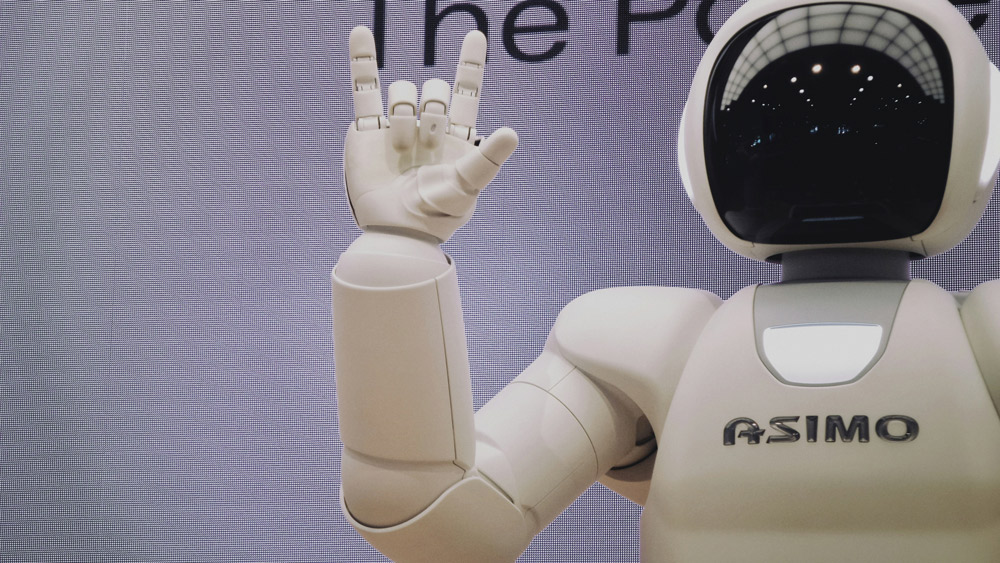You can use AI to negotiate better deals for everyone. Photo by Possessed Photography on Unsplash
Wouldn’t it be wonderful if we could outsource to technology the complex, laborious, and often emotionally intense process of negotiating? Until recently, the idea of merging negotiation and AI was only a dream. However, the launch of more sophisticated AI systems has changed how we approach the process and how negotiations could evolve.
|
ADVERTISEMENT |
Negotiation has traditionally been seen by many as an art—an intensely human task that requires mixing collaborative and competitive moves to overcome complexity, information asymmetry, and suspicion to arrive at an acceptable outcome. Only recently has it evolved into a science focused on codifying a systematic way of problem-solving to achieve success.
The current interplay between AI and negotiation marks a paradigm shift in the latter. Today, agents powered by large language models (LLMs) emulate human behavior based on social science techniques, while other AI tools draw on economics and game theory methods. As the technology advances, it’s helpful to anticipate how it could shape negotiation strategies and to understand the possible risks involved.
…

Add new comment